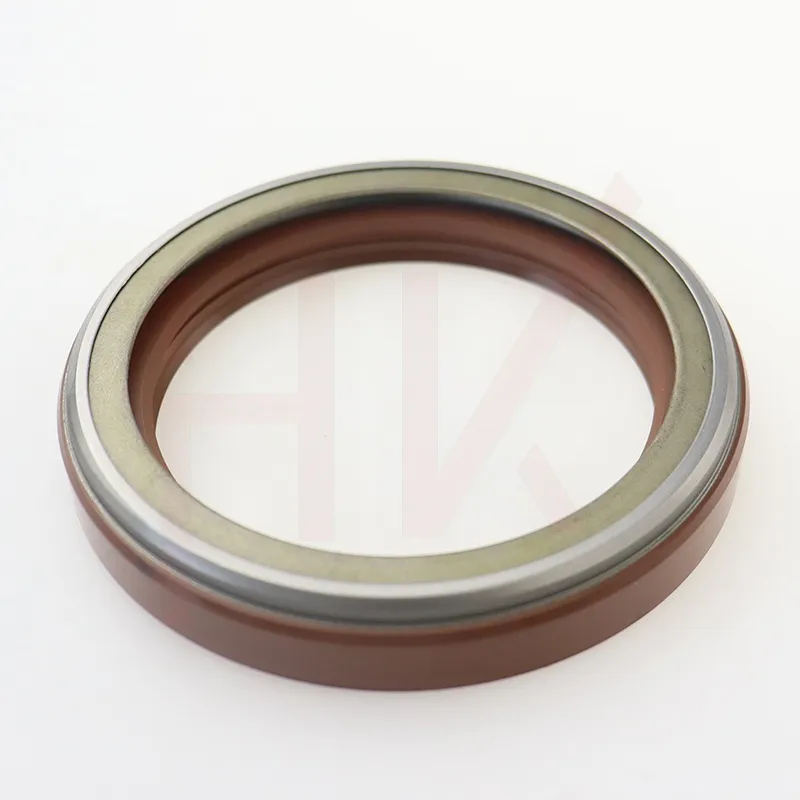Nov . 17, 2024 14:13 Back to list
hydraulic ram seal replacement
Hydraulic Ram Seal Replacement A Comprehensive Guide
Hydraulic rams have become essential components in numerous applications, from construction equipment to agricultural machinery. These powerful devices rely on hydraulic seals to ensure efficient operation and prevent fluid leaks. Over time, seals can wear out, leading to decreased performance and potential damage. This article serves as a guide on how to effectively replace hydraulic ram seals to maintain optimal functionality.
Understanding Hydraulic Rams and Seals
A hydraulic ram consists of a cylinder and a piston. When hydraulic fluid is pumped into the cylinder, it exerts pressure on the piston, creating force. Seals play a critical role in this system by preventing hydraulic fluid from escaping and maintaining pressure within the cylinder. Common reasons for seal failure include wear and tear, contamination, improper installation, and exposure to extreme temperatures.
Signs That Seals Need Replacement
Recognizing the signs of seal failure is crucial to preventing further damage. Common indicators include
1. Fluid Leaks Visible signs of hydraulic fluid on the surface of the ram or equipment. 2. Decreased Performance A noticeable drop in the efficiency and power of the hydraulic system. 3. Increased Noise Unusual sounds during operation, indicating that air may be entering the system due to failing seals. 4. Draining Fluid Reservoirs Frequent topping up of hydraulic fluid reservoirs can signify leaking seals.
Tools and Materials Needed
Before beginning the replacement process, gather the following tools and materials
- New hydraulic seals appropriate for the ram model - A seal removal tool (or flathead screwdriver) - A clean cloth or rag - Hydraulic fluid - Safety goggles and gloves - Torque wrench
Step-by-Step Replacement Procedure
hydraulic ram seal replacement

1. Safety First Wear safety goggles and gloves to protect yourself from hydraulic fluid and sharp edges.
2. Depressurize the System Before you begin work, ensure the hydraulic system is depressurized. This step is crucial to prevent accidental discharge of fluid.
3. Remove the Hydraulic Ram Detach the hydraulic ram from the equipment by loosening any necessary fittings or bolts. Take care not to damage any connected components during this process.
4. Clean the Cylinder Once removed, clean the surface of the cylinder with a cloth to eliminate any dirt or debris that could interfere with the seal installation.
5. Remove Old Seals Carefully use a seal removal tool to pry out the old seals. Take care not to scratch the cylinder, as this can lead to leaks once new seals are in place.
6. Inspect the Cylinder Check the cylinder for any signs of damage or scoring. If the cylinder is damaged, it might need to be honed or replaced.
7. Install New Seals Lubricate the new seals with a small amount of hydraulic fluid. This helps them slide into place easily and ensures a better seal. Insert the new seals carefully into the grooves, ensuring they are flush with the cylinder surface.
8. Reinstall the Hydraulic Ram With the new seals in place, reposition the ram and reattach it to the equipment. Make sure all fittings are tightened securely but avoid overtightening.
9. Test the System Once everything is reassembled, refill the hydraulic fluid reservoir and slowly activate the hydraulic system. Monitor for leaks and ensure that the ram operates smoothly.
Conclusion
Replacing hydraulic ram seals may seem daunting, but with careful attention to detail and the right tools, it can be a straightforward process. Regular maintenance, including timely seal replacement, will extend the life of your hydraulic system and ensure it operates efficiently. If you encounter complications or are uncertain at any stage, don't hesitate to consult with a professional mechanic or hydraulic technician. By investing time in seal maintenance, you are ensuring the reliability and longevity of your hydraulic equipment.
-
TCN Oil Seal Metal Ring Reinforcement for Heavy Machinery
NewsJul.25,2025
-
Rotary Lip Seal Spring-Loaded Design for High-Speed Applications
NewsJul.25,2025
-
Hydraulic Cylinder Seals Polyurethane Material for High-Impact Jobs
NewsJul.25,2025
-
High Pressure Oil Seal Polyurethane Coating Wear Resistance
NewsJul.25,2025
-
Dust Proof Seal Double Lip Design for Construction Equipment
NewsJul.25,2025
-
Hub Seal Polyurethane Wear Resistance in Agricultural Vehicles
NewsJul.25,2025
-
The Trans-formative Journey of Wheel Hub Oil Seals
NewsJun.06,2025
Products categories
















